

Articles
How To Store Garden Flags
Modified: January 7, 2024
Learn how to properly store garden flags with our informative articles. Keep your flags in great condition and ready to display for every season.
(Many of the links in this article redirect to a specific reviewed product. Your purchase of these products through affiliate links helps to generate commission for Storables.com, at no extra cost. Learn more)
Introduction
Garden flags are a delightful addition to any outdoor space. With their colorful designs and cheerful messages, they can instantly enhance the ambiance of your garden or front yard. However, when the seasons change or special occasions come to an end, it’s important to store your garden flags properly to ensure their longevity.
In this article, we will guide you through the process of storing garden flags to keep them in pristine condition year after year. We will cover everything from choosing a suitable storage space to cleaning and folding techniques. Whether you have a single garden flag or a collection of them, these tips will help you preserve their beauty and prolong their lifespan.
Key Takeaways:
- Properly storing garden flags indoors or outdoors is crucial for preserving their beauty and longevity. Choose suitable storage spaces, clean and fold them carefully, and follow additional tips to ensure they remain vibrant and ready for display.
- Whether you have a single garden flag or a collection, following the right storage techniques will help protect your investment and ensure you can enjoy their decorative charm for years to come. Take the time to store your garden flags properly, and you’ll be rewarded with their beauty and functionality for many seasons.
Read more: How To Store Flags
Choosing a Suitable Storage Space
When it comes to storing your garden flags, the first step is selecting a suitable storage space. Ideally, you want to find a location that provides protection from the elements, such as rain, sun exposure, and extreme temperatures.
If you have enough storage space available, storing your garden flags indoors is the best option. Look for a cool, dry area, such as a closet or a storage bin. Make sure the space is well-ventilated to prevent the formation of mold or mildew.
However, if indoor storage space is limited or not available, you can opt for outdoor storage options. In such cases, consider investing in a weatherproof storage box or container specifically designed for outdoor use. These containers are typically made of durable materials that can withstand harsh weather conditions.
Before selecting your storage space, also take into account the size of your garden flags and the amount of space you have. It’s important to choose a location that allows you to store the flags without folding or crumpling them excessively.
Lastly, label the storage space or container to easily identify and access your garden flags when needed. This will save you time and effort when retrieving them for the next gardening season or special occasion.
Cleaning and Preparing Garden Flags for Storage
Before you store your garden flags, it’s crucial to clean them properly to remove dirt, debris, and any stains that may have accumulated. Follow these steps to ensure your flags are clean and ready for storage:
- Inspect the flags: Before cleaning, carefully inspect your garden flags for any signs of damage, such as tears or frayed edges. If you spot any issues, consider repairing them before storage to prevent further damage.
- Read the care instructions: Check the manufacturer’s instructions on how to clean the specific materials used in your garden flags. Some flags can be machine washed, while others may require handwashing or spot cleaning.
- Choose the right cleaning method: Based on the care instructions, select the appropriate cleaning method for your flags. If machine washing is recommended, use a gentle cycle with cold water and mild detergent. For handwashing, fill a basin with water and add a small amount of detergent, then gently scrub the flags with a soft brush or sponge.
- Rinse thoroughly: After cleaning, rinse the flags thoroughly to remove any soap residue. Make sure all detergent is washed away to prevent discoloration or damage to the fabric.
- Dry the flags: Once your garden flags are clean, allow them to air dry completely. Avoid using a dryer or exposing them to direct sunlight, as this can cause fading or shrinkage.
- Iron or steam if necessary: If your flags are wrinkled after drying, you can use a low-heat iron or steam them to remove any creases. Be sure to follow the instructions provided by the manufacturer to avoid damaging the fabric.
By properly cleaning and preparing your garden flags for storage, you can prevent dirt and stains from setting in and ensure they are in their best condition when you unpack them for future use.
Folding and Rolling Techniques for Garden Flags
Properly folding or rolling your garden flags before storage is essential to maintain their shape and prevent creasing. Here are a few techniques you can use for folding and rolling your flags:
- Basic Fold: Lay your flag flat on a clean, dry surface. Fold the flag in half vertically, aligning the edges. Fold it in half once again horizontally, creating a smaller rectangle. If needed, you can fold it in half once more to reduce its size.
- Tri-Fold: This method is ideal for larger flags. Start by laying the flag flat with the design facing down. Fold one-third of the flag lengthwise towards the center, then fold the other third over, creating three equal sections. Finally, fold the bottom third up towards the top, making a compact rectangle.
- Rolling Technique: If you prefer rolling your garden flags, start by laying the flag flat with the design facing up. Fold the flag lengthwise in half, then roll it tightly from one end to the other. This method is particularly useful for flags with intricate designs or delicate materials.
- Cardboard Tube Method: For extra protection against creases, you can roll your garden flags around a cardboard tube. Start by placing the tube at one corner of the flag and roll it tightly around the tube. This method works well for longer flags or those made from fabric that is prone to wrinkling.
Regardless of the technique you choose, make sure the folds or rolls are tight, but not too tight to avoid causing damage to the fabric or design. Additionally, avoid folding or rolling the flags too small, as this can lead to permanent creases or wrinkles.
Remember to keep similar-sized flags together to simplify the storage and organization process. By using these folding and rolling techniques, you can keep your garden flags neat and wrinkle-free until you’re ready to display them again.
When storing garden flags, make sure to clean and dry them thoroughly before folding and storing them in a cool, dry place to prevent mold and mildew growth. Avoid storing them in direct sunlight to prevent fading.
Storing Garden Flags Indoors
If you have sufficient indoor storage space, it’s recommended to store your garden flags indoors to protect them from the elements and ensure their longevity. Here are some steps to follow when storing garden flags indoors:
- Group flags by season or occasion: Sort your garden flags according to the season or occasion they are intended for. This will make it easier for you to locate the flags when needed.
- Place flags in a container: Select a storage container that is large enough to accommodate your folded or rolled flags without overcrowding them. Opt for a container that is made of a durable material, such as plastic or fabric, to provide extra protection.
- Add moisture-absorbing packets: To prevent moisture build-up and protect your flags from any potential damage that could be caused by humidity, consider adding moisture-absorbing packets. These packets can help reduce the risk of mold and mildew formation.
- Label the container: Clearly label the container with the contents, such as “Spring Garden Flags” or “Summer Patriotic Flags.” This will make it easier to identify and retrieve specific flags when you’re ready to use them.
- Store in a cool, dry place: Find a suitable location in your home, such as a closet, basement, or attic, where the temperature remains relatively stable and the environment is dry. Avoid areas prone to humidity or extreme temperature fluctuations, as they can affect the quality of the flags.
- Avoid stacking heavy items on top: When storing your garden flags, avoid placing heavy items on top of the container. This can cause unnecessary pressure and potentially damage the flags.
By following these steps, you can ensure that your garden flags remain protected and in proper condition during their time in storage. When taking them out for display, you’ll find them ready to add a touch of charm to your outdoor space once again.
Read more: How To Store A Flag
Storing Garden Flags Outdoors
If storing your garden flags outdoors is the only option available to you, there are still ways to protect them from the elements and keep them in good condition. Here are some steps to follow when storing garden flags outdoors:
- Invest in a weatherproof storage container: Look for a storage container that is specifically designed to withstand outdoor elements, such as rain, sun exposure, and temperature fluctuations. These containers are typically made of durable materials that provide protection against moisture and UV rays.
- Ensure proper drainage: When selecting an outdoor storage container, make sure it has proper drainage to prevent water from pooling inside. This will help prevent mold and mildew growth.
- Elevate the storage container: Place the storage container on a raised platform or pallet to ensure proper air circulation and prevent it from sitting directly on damp ground. This will also help protect the flags from pests and critters.
- Secure the container: If possible, secure the storage container with a lock or straps to prevent it from being easily opened or knocked over by strong winds.
- Label the container: Just like with indoor storage, label the container with the contents, such as “Outdoor Winter Flags” or “Holiday Flags.” This will make it easier to identify and retrieve specific flags.
- Choose a shaded area: Position the storage container in a shaded area of your yard, away from direct sunlight. This will help prevent fading and damage to the fabric.
- Monitor the container regularly: Check on the storage container periodically to ensure it remains secure and that there are no signs of water leakage or pest infestation. Take necessary steps to address any issues promptly.
While storing garden flags outdoors may not offer the same level of protection as indoor storage, following these steps can help minimize damage and preserve the lifespan of your flags. Remember to inspect and clean the flags before storing them, and check on them regularly to ensure they are in good condition throughout their time in outdoor storage.
Additional Tips for Proper Garden Flag Storage
To ensure the long-lasting preservation of your garden flags, consider these additional tips for proper storage:
- Avoid folding or storing flags when they are damp or wet. Make sure they are completely dry before storing them to prevent mold or mildew formation.
- If your garden flags have metal grommets or attachments, be mindful of where you fold or roll them to avoid causing damage or bending.
- Utilize acid-free tissue paper or fabric between folded or rolled flags to prevent color bleeding or transfer.
- If you have delicate or vintage flags, consider using archival storage materials, such as acid-free boxes or sleeves, to provide extra protection.
- Store flags of similar size and material together to ensure they lay flat and maintain their shape.
- Avoid storing other items on top of your folded or rolled flags, as the weight can flatten or crease them over time.
- Take precautions against pests by periodically inspecting your storage area for any signs of infestation and using appropriate pest control methods if needed.
- If storing your flags for an extended period, consider periodically checking on them, rotating their positions within the storage container, and inspecting for any signs of deterioration.
By following these additional tips, you can ensure that your garden flags are stored properly and remain in excellent condition for years to come. Proper storage will help preserve the vibrancy and beauty of the flags, allowing you to enjoy them every gardening season or special occasion.
Conclusion
Proper storage of garden flags is essential to maintain their beauty, prolong their lifespan, and ensure they are in pristine condition for future use. Whether you have a single flag or a collection of them, following the right storage techniques will help you protect your investment and enjoy their decorative charm for years to come.
Choosing a suitable storage space, whether it’s indoors or outdoors, is the first step. Make sure the location provides protection from the elements and is well-ventilated to prevent damage from moisture or extreme temperatures. Sort and label your flags to easily find and retrieve them when needed.
Cleaning the flags thoroughly before storage is crucial to remove dirt and stains that can set in over time. Follow the manufacturer’s instructions for cleaning, and make sure the flags are completely dry before folding or rolling them.
Speaking of folding and rolling, using proper techniques will help maintain the shape and minimize creasing. Whether you choose to fold them or roll them around a cardboard tube, ensure the folds are tight but not too tight to avoid damage.
If storing your flags indoors, find a cool, dry place that provides protection from humidity. Use a suitable storage container and avoid stacking heavy items on top to prevent damage.
For outdoor storage, invest in a weatherproof container and elevate it to avoid moisture from seeping in. Secure the container and place it in a shaded area to prevent sun damage.
Remember to follow additional tips such as storing dry flags, using acid-free tissue paper, and inspecting your flags periodically for any signs of damage or pests.
By implementing these storage techniques and practices, you can ensure that your garden flags remain vibrant, wrinkle-free, and ready to add a touch of charm to your outdoor space whenever you decide to display them again.
So, take the time to store your garden flags properly, and you’ll be rewarded with their beauty and functionality for many seasons to come.
Frequently Asked Questions about How To Store Garden Flags
Was this page helpful?
At Storables.com, we guarantee accurate and reliable information. Our content, validated by Expert Board Contributors, is crafted following stringent Editorial Policies. We're committed to providing you with well-researched, expert-backed insights for all your informational needs.
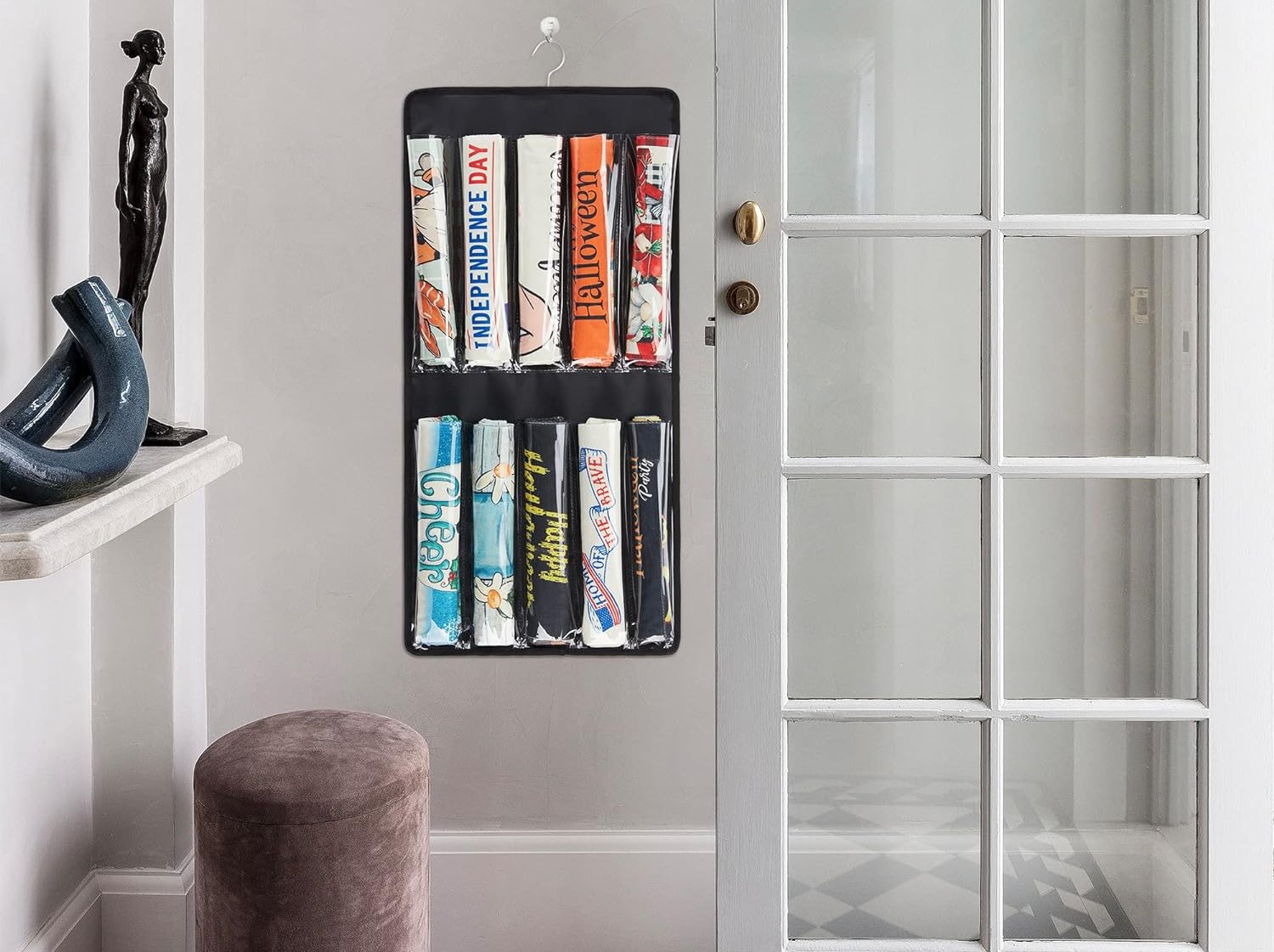


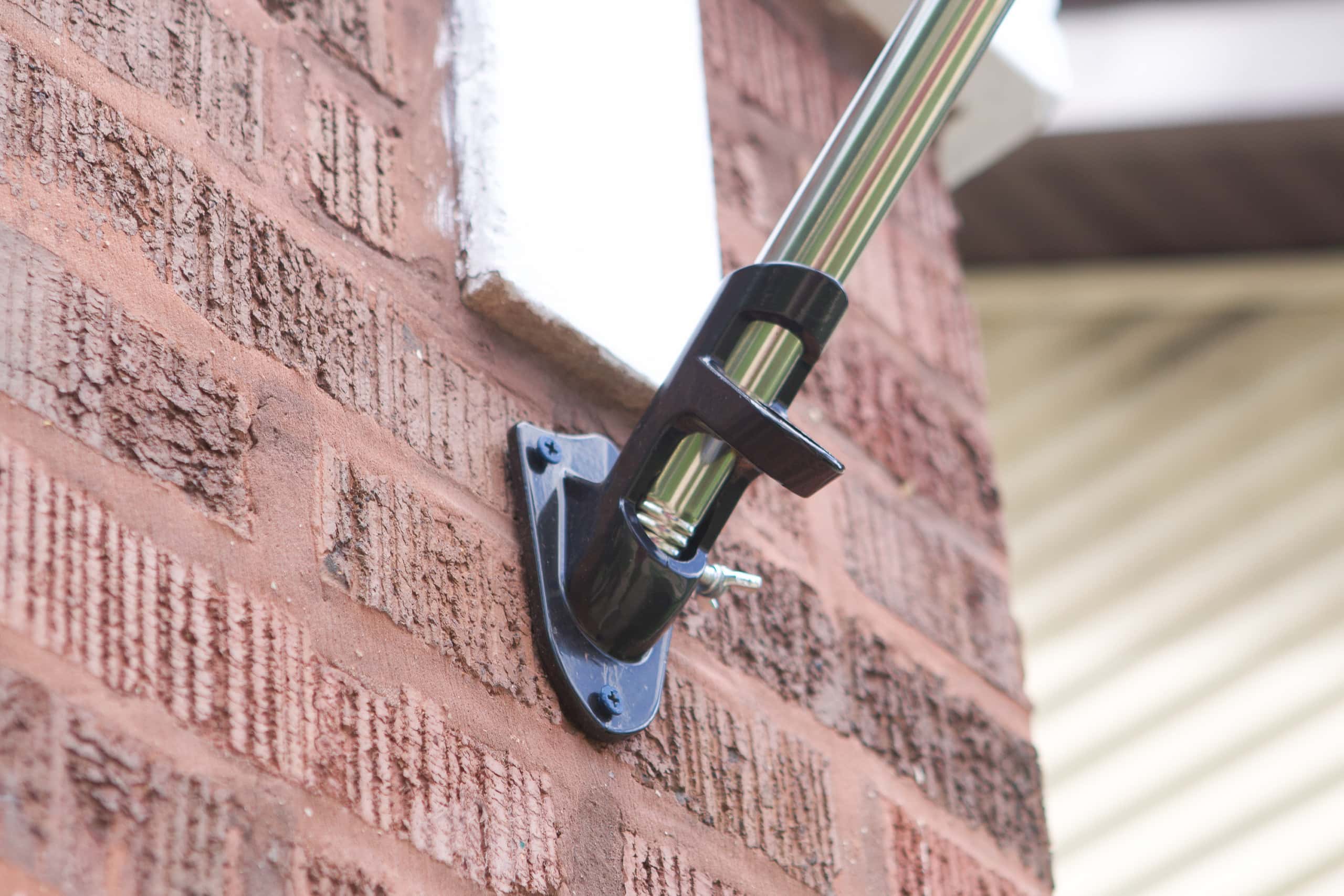

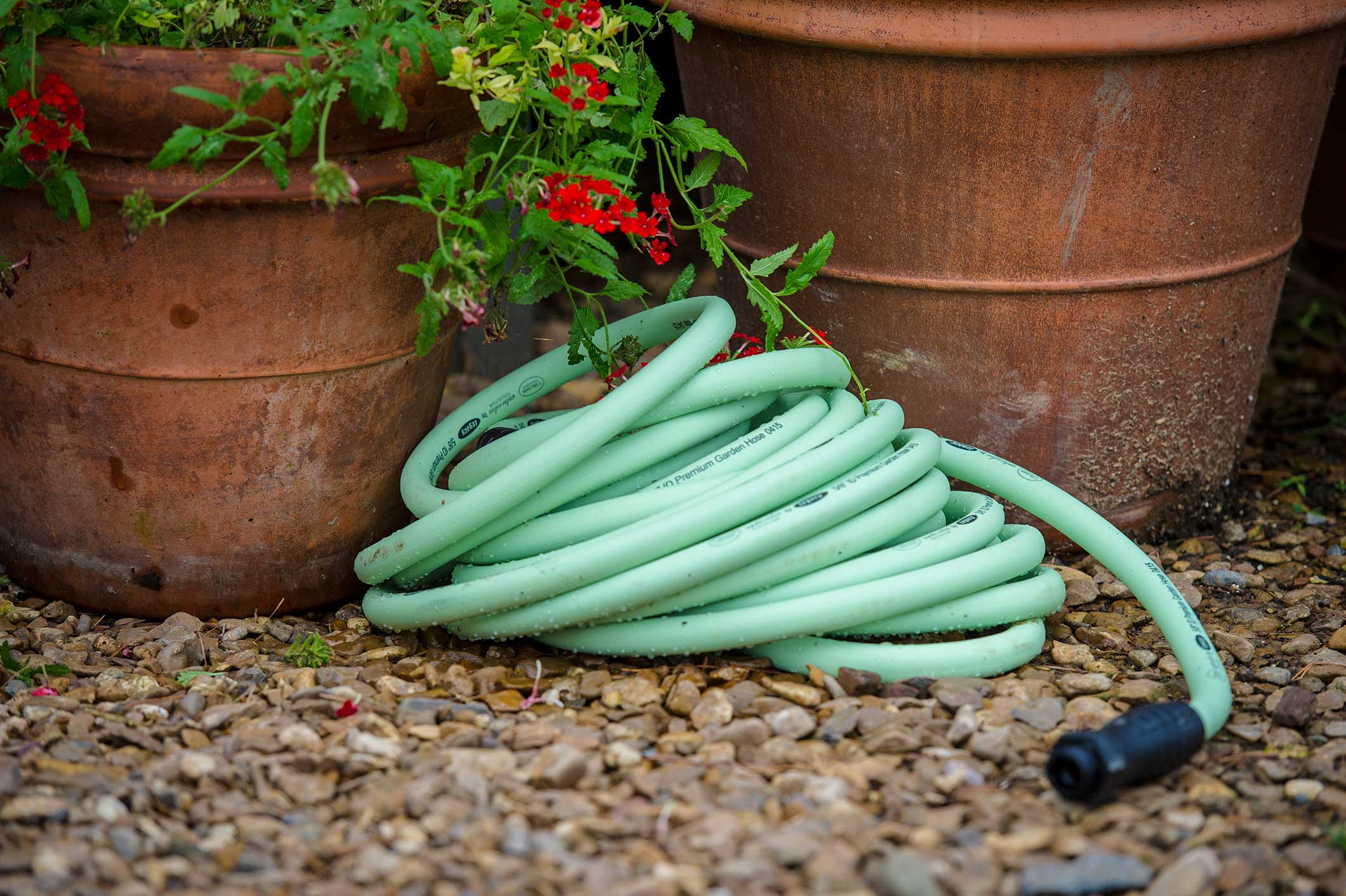
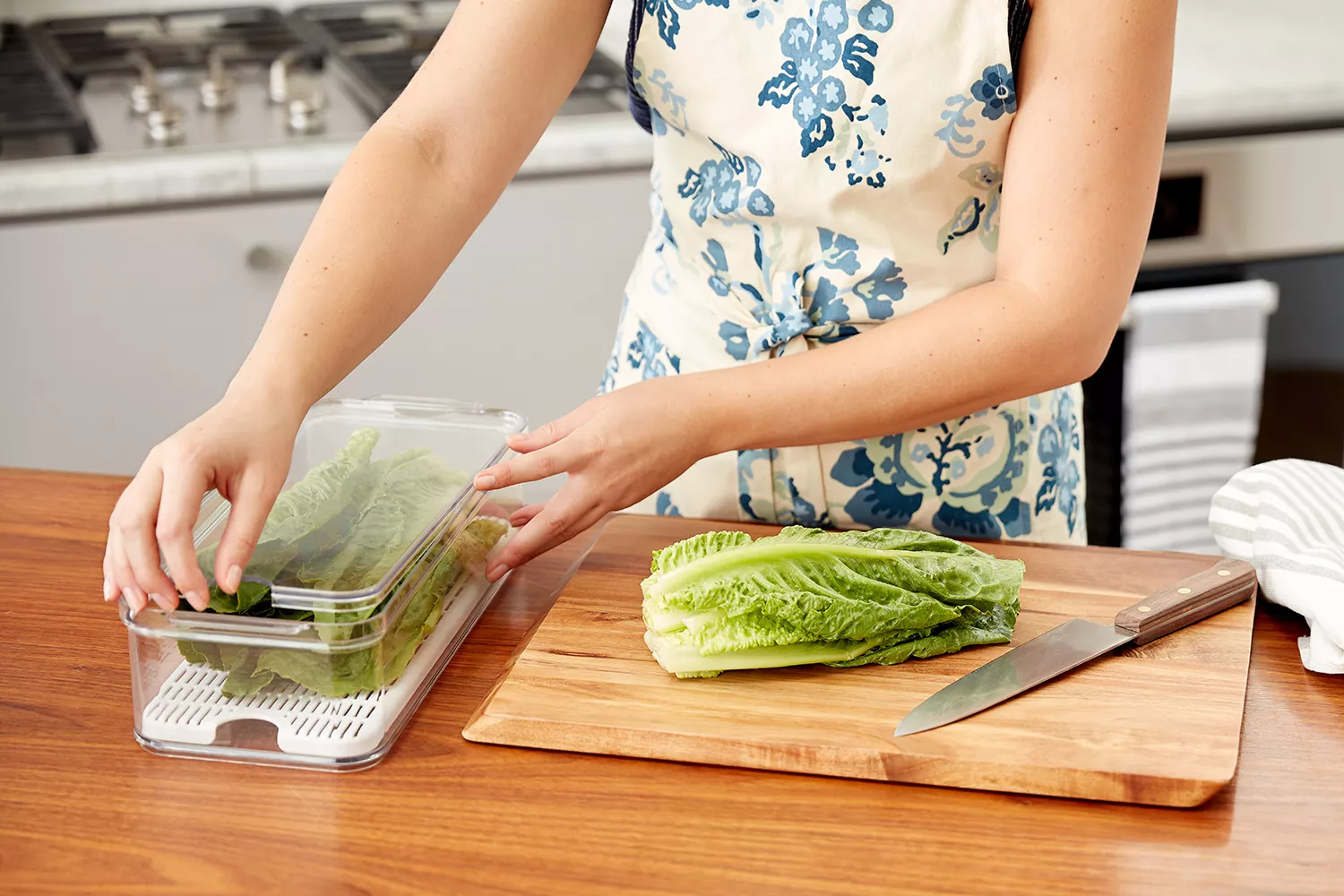
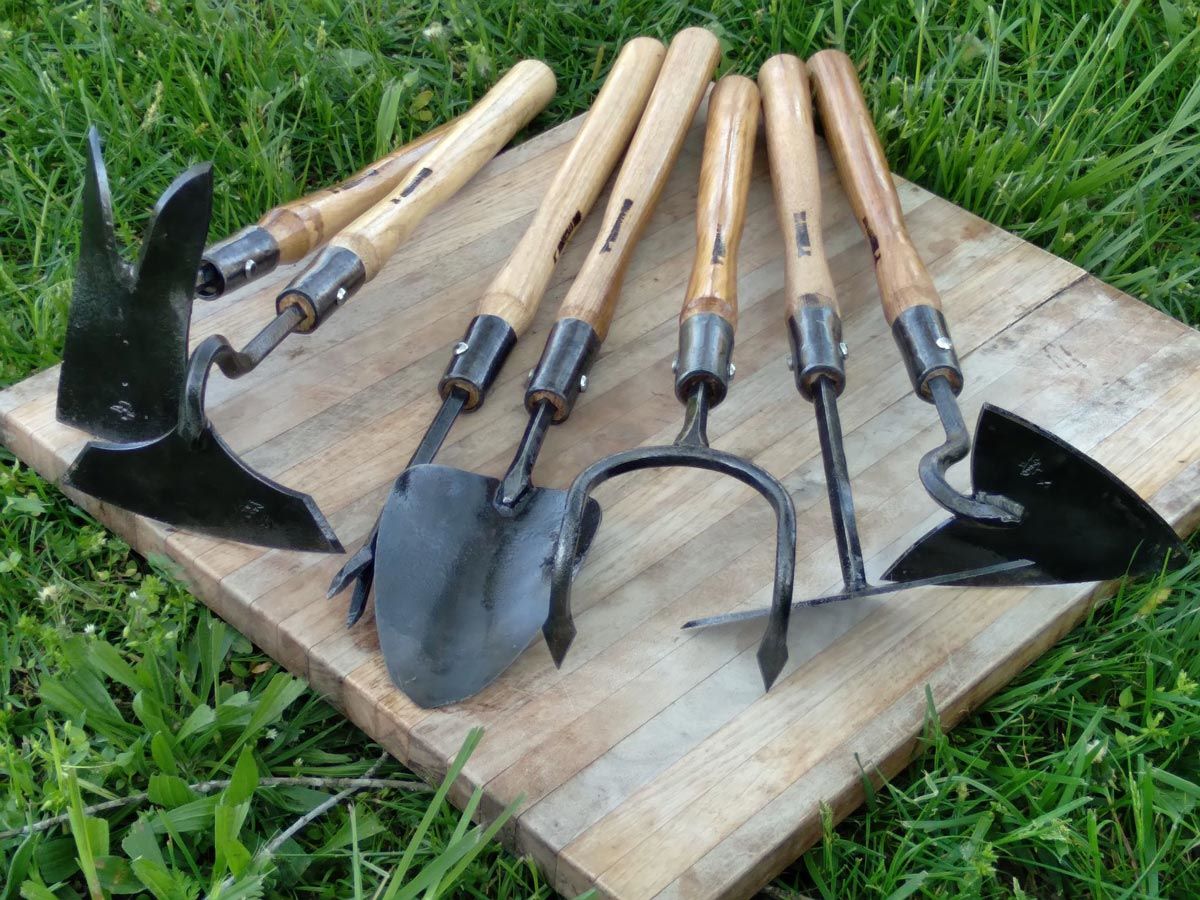

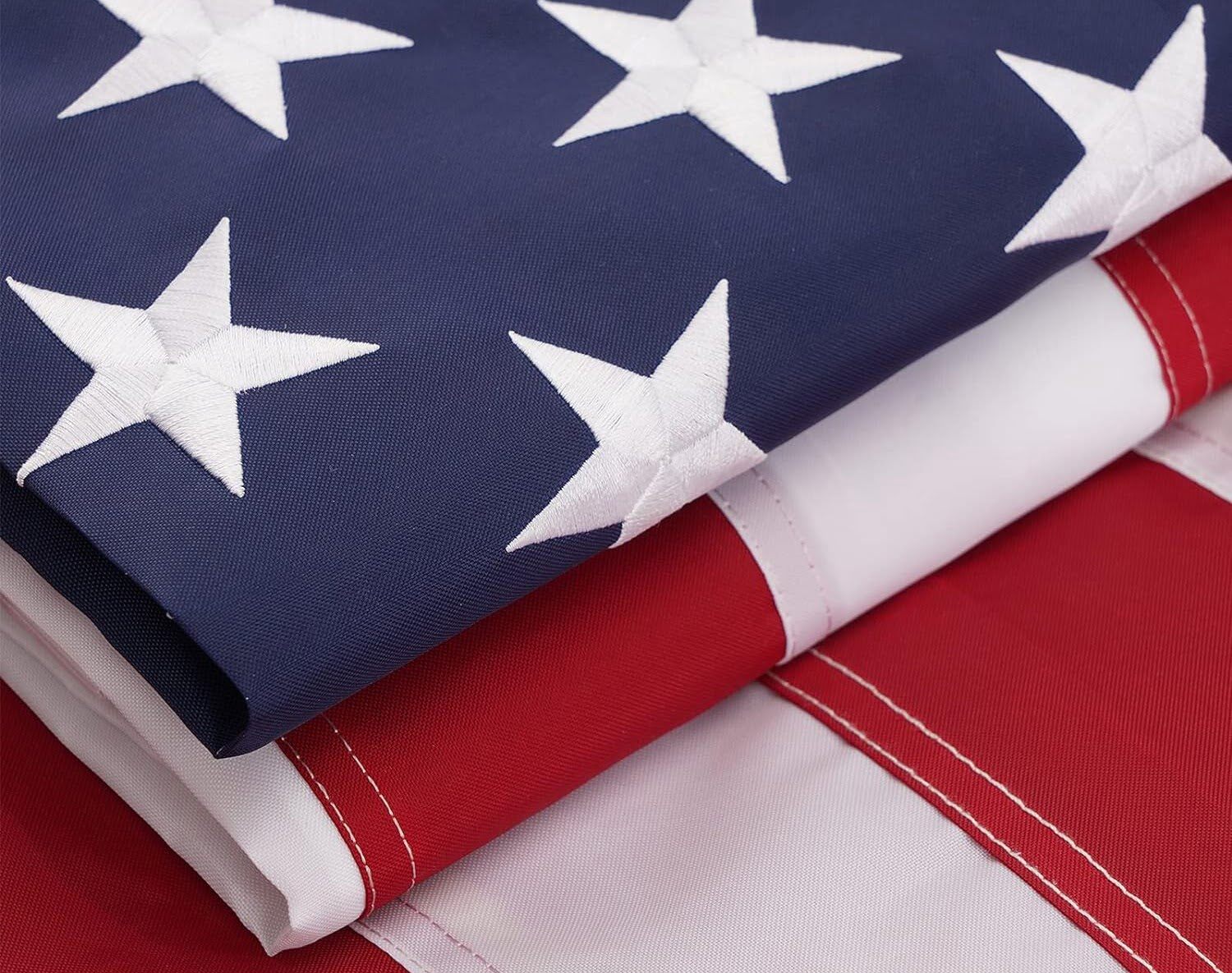

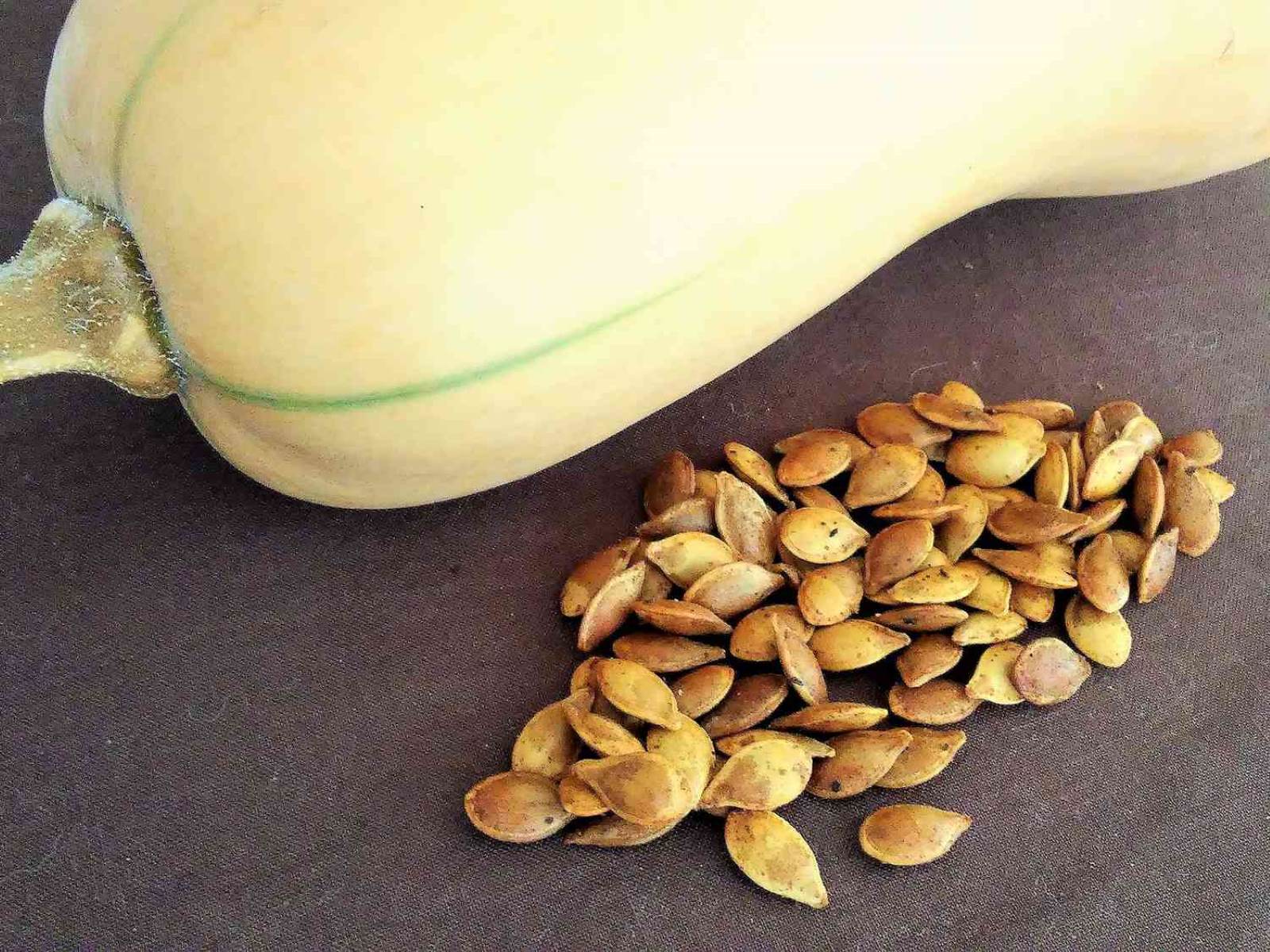
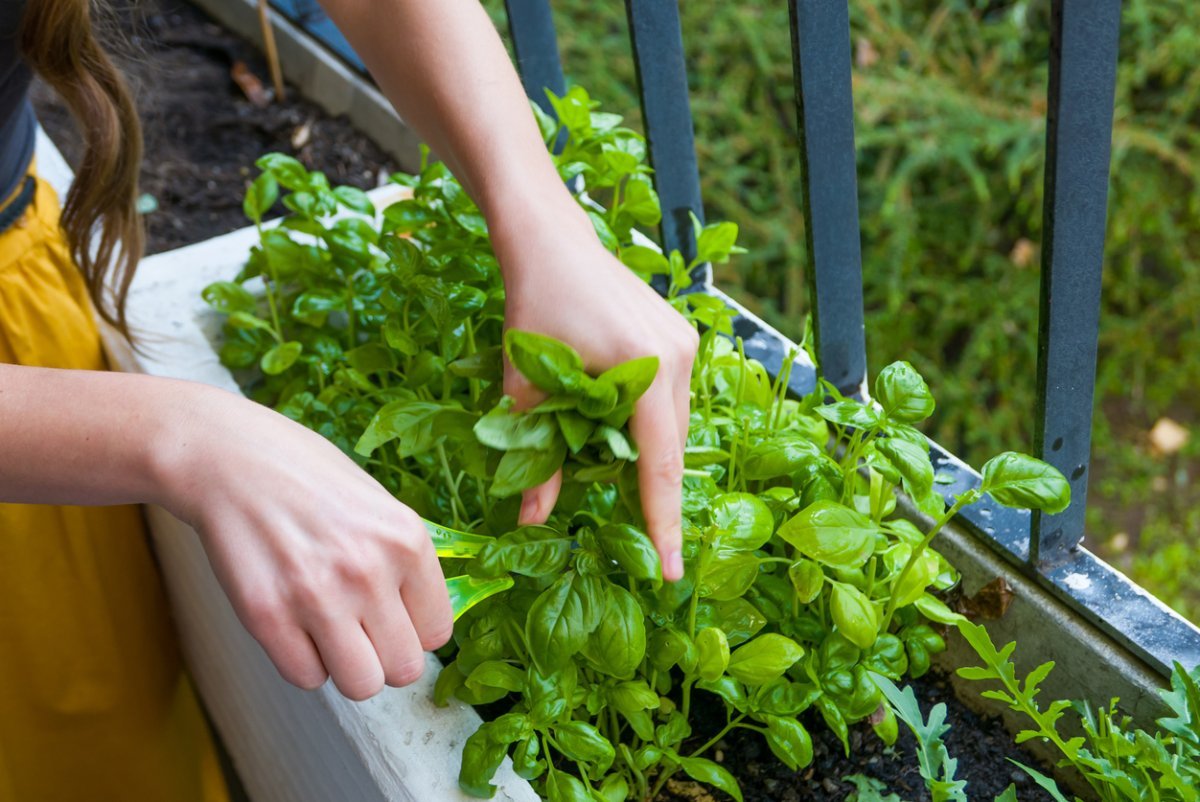
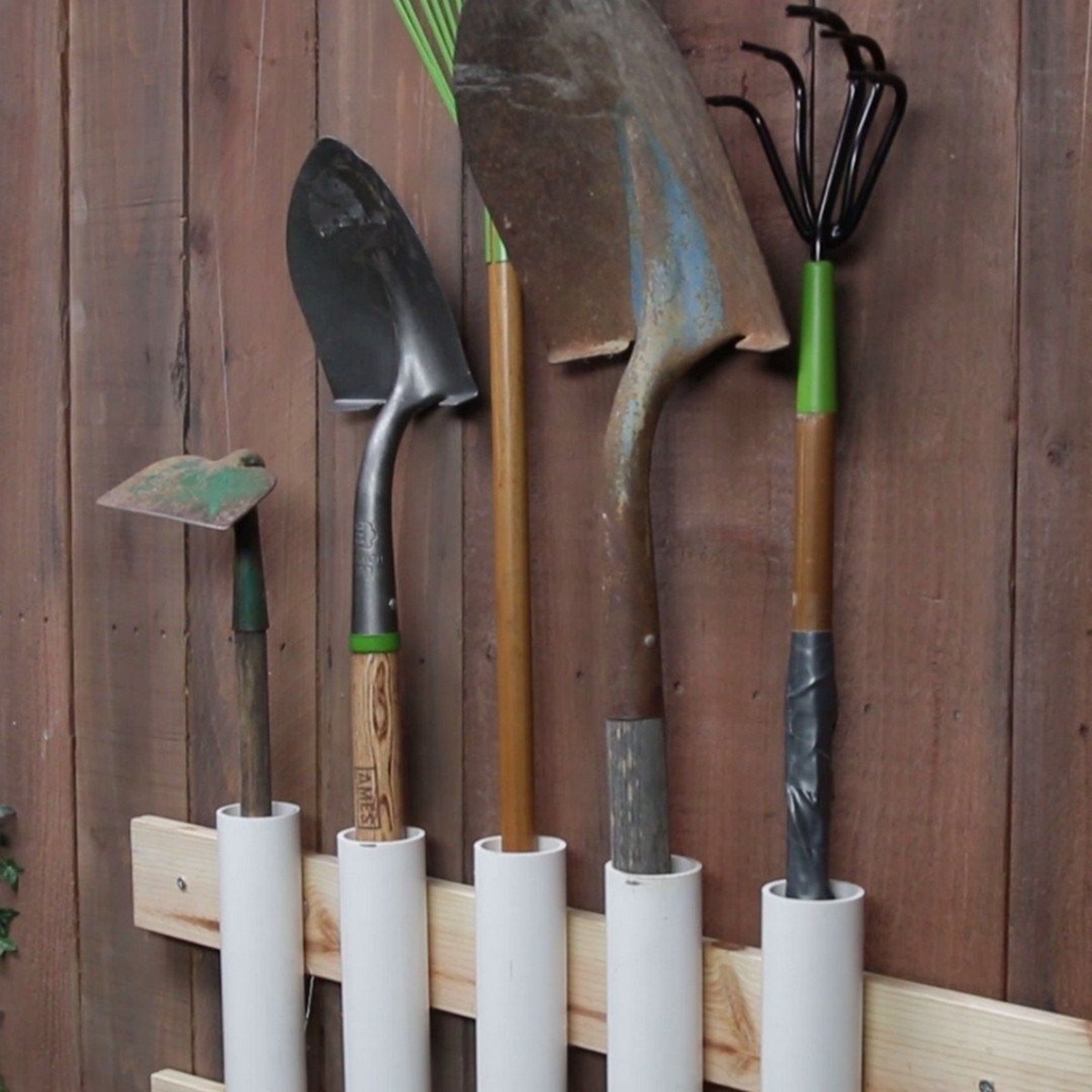

0 thoughts on “How To Store Garden Flags”